 By: Dra. Paula Morales, Dr. Francisco Guijarro and Dr. Janko Hernández
By: Dra. Paula Morales, Dr. Francisco Guijarro and Dr. Janko Hernández
By nature, companies must pay–or be prepared to pay–a price for the goods and services they use in their activities, what ever their area of business. So clearly companies require financial resources in order to make those payments. As we all know, there are three main sources of funding: internal resources generated by the company’s operations, funds contributed by the company’s owners or partners, and funds raised through some form of debt.
Generally, companies take on debt according to the characteristics of the products or services offered, the commercial phase of the business, the type of market in which they operate, legal and tax restrictions, and other factors. According to the rating assigned to the company by a rating agency or credit institution, lenders decide what interest rate must be paid on the loans that will be extended to the company, or what yield at maturity a bond issued by that firm must offer.
 By: Ana María Díaz
By: Ana María Díaz 

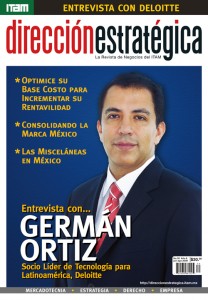
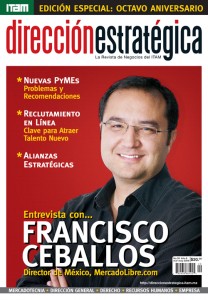
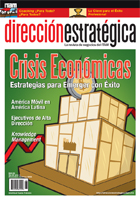
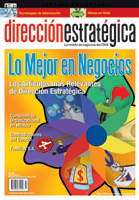
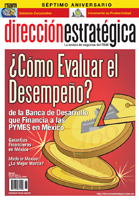
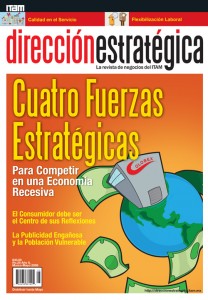
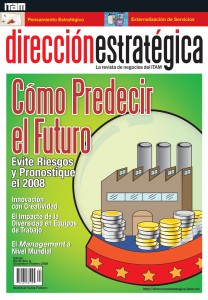
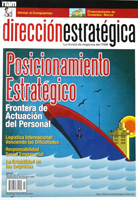
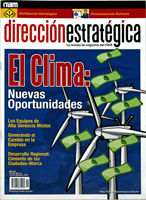
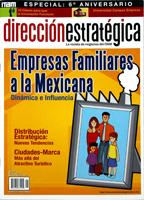

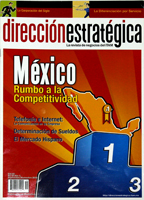
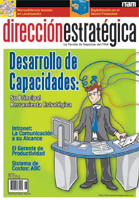
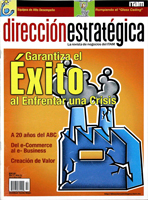
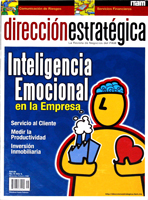
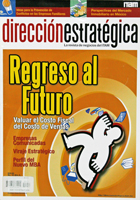
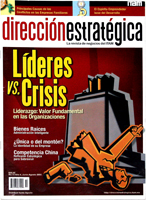
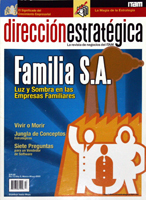

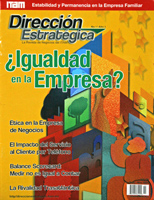


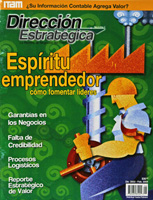
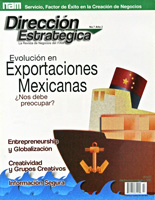
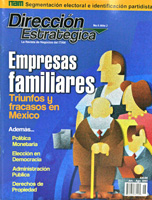
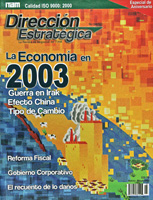


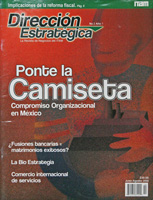

Accountancy in the Eye of the Hurricane
ITAM
This article briefly analyzes the major trends in business today and their repercussions on the information value chain industry, which encompasses most of the activities carried out by accountants.
The Forces that are transforming the world
According to a 2010 study by Ernst & Young, the results of which were published in a paper called Business Redefined, the forces transforming the world today are vast, complex, challenging, and are moving with an unprecedented speed and intensity.
Renowned futurologist Dr. Ian Pearson says that in 2020, the business world will be defined by the following features:
(read more…)